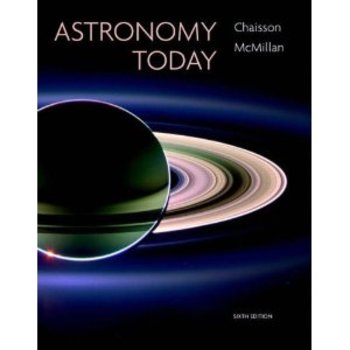Complete Astronomy Unit I "Introduction to Astronomy"
- Zip
- Easel Assessment
Description
Zip file of the complete intro Unit I to Astronomy A (first semester). Assessments (quizz and a unit test) with answer keys included. Assessments in this unit have been converted and can now (also) be given online and auto-graded through Easel. Graphics were added to each assessment to help with student understanding. Many student activities and worksheets are also included on Word and PDF files.
Files include three comprehensive PowerPoint lessons with up-to-date information and instructor slide sorter notes; graphics and short video links and a kahoot.it interactive quiz/review for each lesson as well as a Quizizz.com review for better individual student data analyses. Four supporting review programs with separate PDF files for printable color student guides; student outline note/guidelines for each PPT lesson; study guides including a new webquest review activity; suggested textbook assignments using the "Astronomy Today" textbook Chaisson/McMillan 8th edition (texts not included); activator questions/syllabus and other activities for beginning astronomy students.
A video worksheet folder is also included which provides the video link to youtube in the title if the DVD is not available. Worksheets include the Universe TV series "Constellations and Ancient Civilizations" and Michio Kaku's "The Physics of Everything."
All lessons/programs (not assessments) can also be found separately in the astronomydad store.
Unit I terms and concepts include:
Hubble Space Telescope, Sun, Earth, Solar system, Milky Way, galaxies, Local Group, Universe, superclusters, celestial sphere, celestial coordinates , altitude, azimuth, zenith, N / S celestial pole, celestial equator, Polaris, North Star, circumpolar stars, ecliptic, zodiac, axial tilt, solstice, equinox, seasons, precession, declination, right ascension, Astronomical Unit (AU), light year , hour angle, astrology , solar day, sidereal day, Stonehenge, Caracol, Supernova 1054 A.D., Crab Nebula, Betelgeuse , celestial sphere , geocentric model, Ptolemaic model, heliocentric model, heliocentricity, deferent, epicycle, eccentricity , retrograde motion, Mars , ellipse, focus , Aristarchus, Ptolemy , Copernicus, Tycho Brahe , Johannes Kepler, Galileo Galilei , Isaac Newton, Copernican principle, telescope, Catholic Church, Laws of Planetary Motion, Newton's Laws of Motion, action-reaction pairs, gravity, Law of Gravity
astronomydad
Complete Astronomy Unit I "Introduction to Astronomy" Zip File Updated by astronomydad is licensed under a Creative Commons Attribution 3.0 Unported License.




